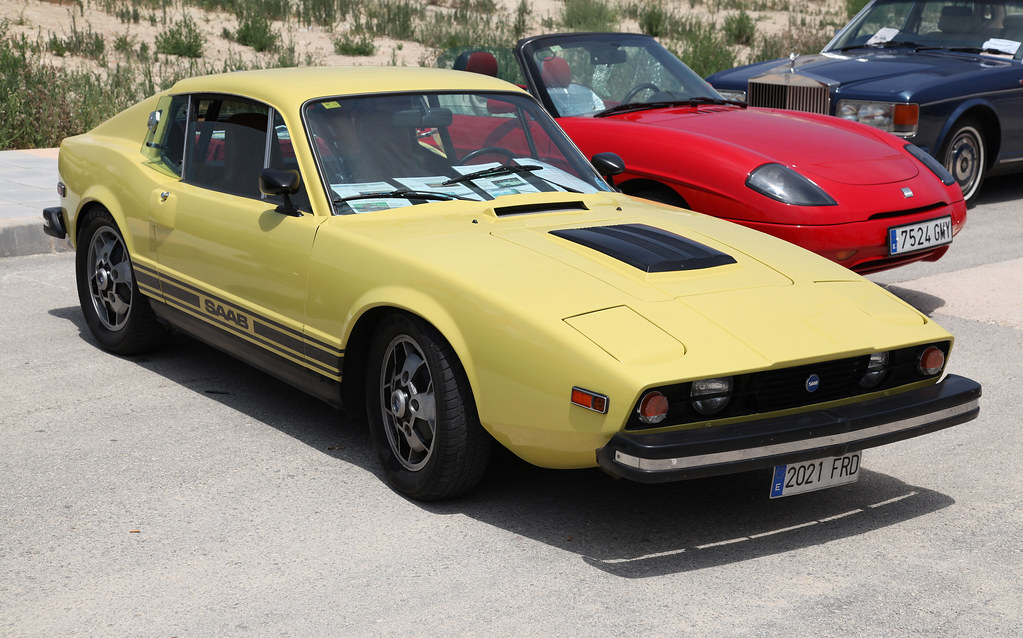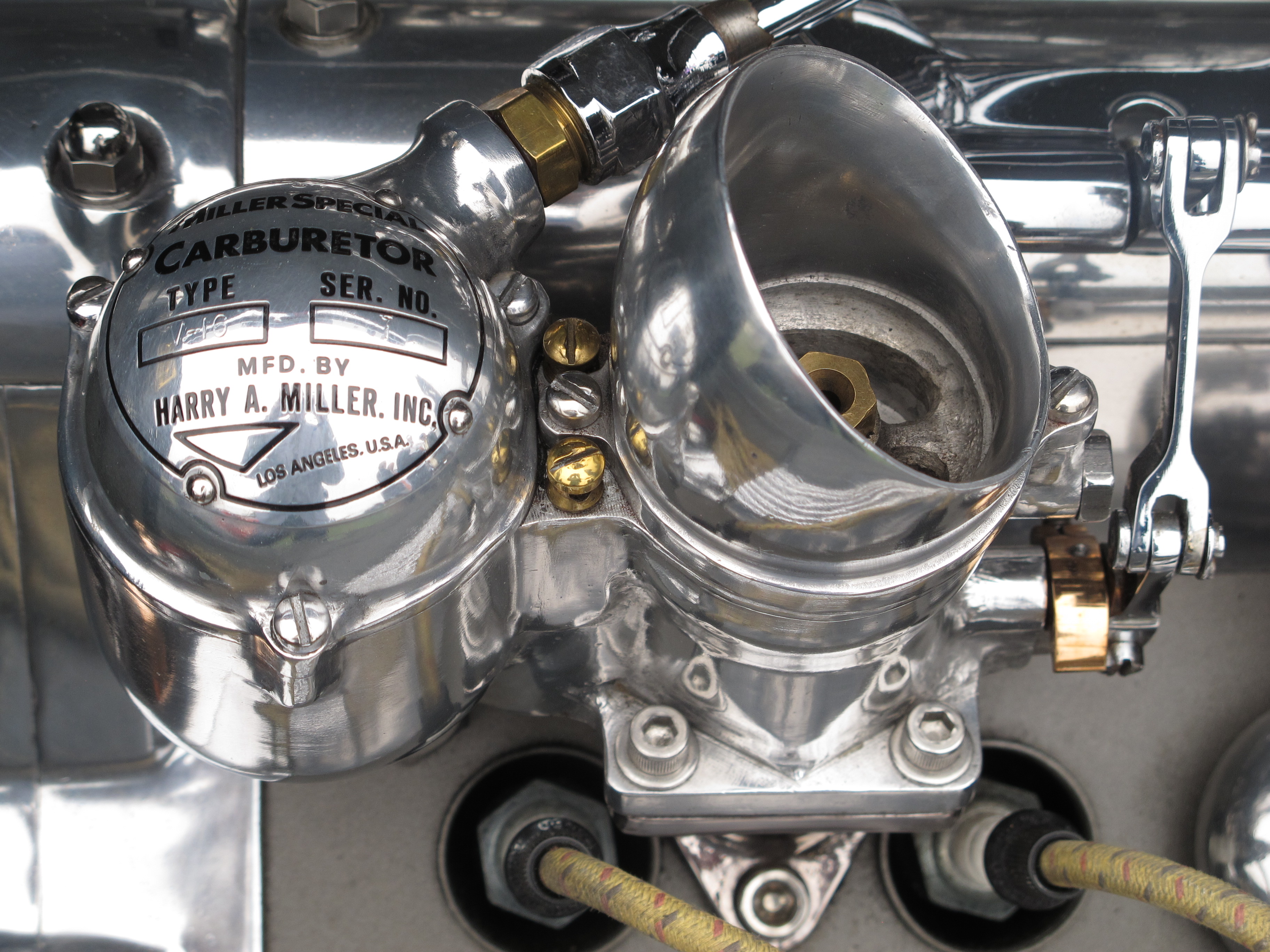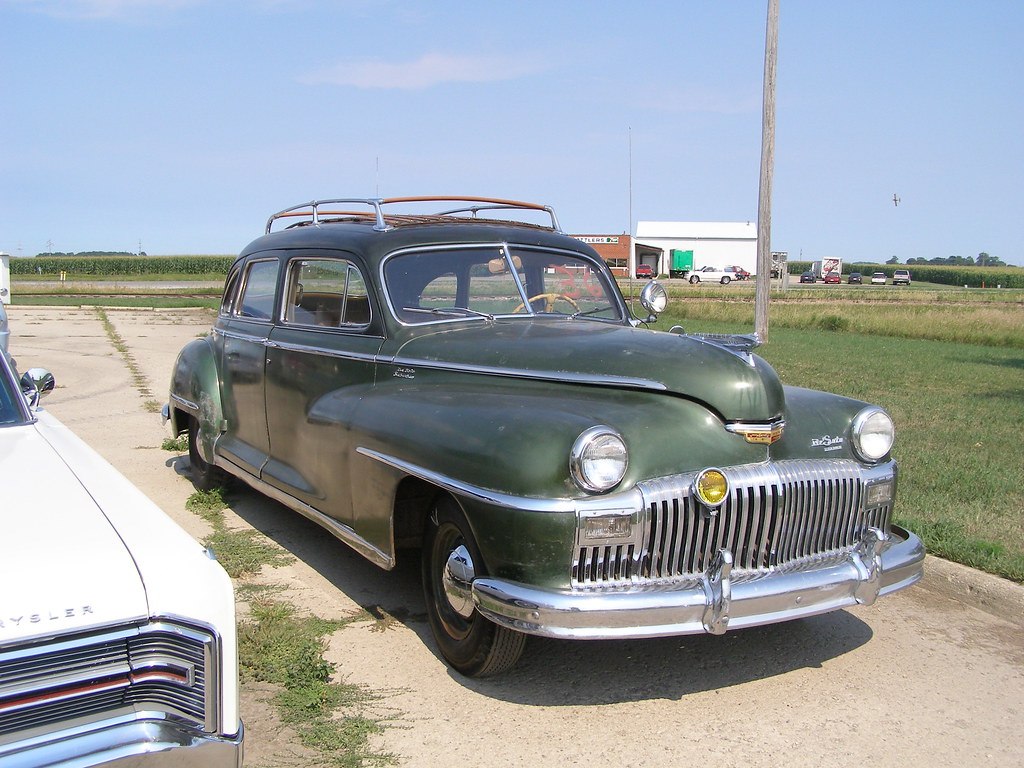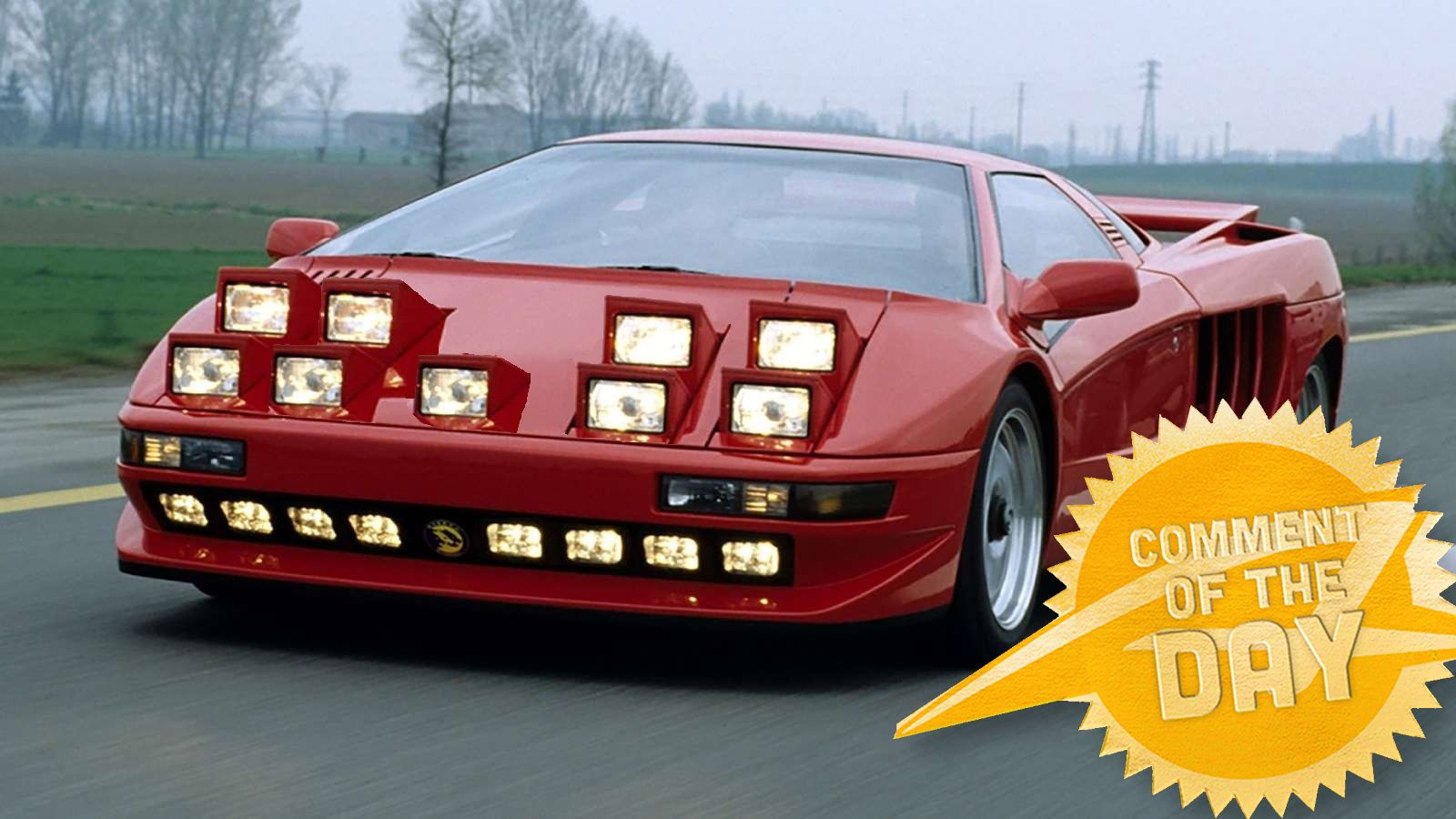
The automotive landscape is undergoing a fascinating, if sometimes frustrating, transformation. For years, it felt like every automaker was on a singular, relentless quest: chasing the high rollers. We witnessed a mass exodus from the affordable, entry-level segments, with prices climbing steadily and luxury features becoming the default, even for supposedly ‘mainstream’ brands. The numbers don’t lie: in December 2017, there were 36 models priced at $25,000 or less; five years later, that number plummeted to a mere 10. Meanwhile, the selection of cars priced at $60,000 or higher ballooned from 61 models to 90 in the same period.
But the tides, as they always do, are starting to turn. Automakers are finally waking up to the mounting concerns about vehicle affordability. They’re finding themselves with an abundance of expensive, high-end cars that are harder to move off the lots, leading to a much-needed pivot. The good news? We’re seeing a resurgence of lower-end trims, value-focused special editions, and even the resurrection of some base models that had been unceremoniously killed off. Honda brought back the LX trim on its CR-V and Pilot, Ford is boosting production of lower F-150, Escape, and Explorer trims, and Ram is planning lower-priced 1500 variants. Chevrolet’s redesigned Trax and Buick’s Envista are finding early success in the subcompact space.
However, while the *idea* of a base trim is making a comeback, what exactly do these new, more affordable models offer? Often, it means fewer expensive, high-end features. But what about the truly classic options, the ones that once defined the driving experience for millions, regardless of trim level? Many of those ‘missing but loved’ features are now relics of a bygone era, rarely, if ever, seen on *any* new car, let alone a base model. Join us on a nostalgic, yet critically analytical, journey as we explore 11 such automotive options that we genuinely miss, starting with six iconic blasts from the past.
Read more about: Unpacking the Past: 14 Vintage Car Features Modern Driving Left Behind (And Why We Miss Them)

1. **Carburetors**For nearly a century, the carburetor was the unsung hero powering internal combustion engines. Its job was elegantly simple: mix liquid fuel with air in just the right proportions to create a combustible mist, a process known as atomization. This ingenious device metered small amounts of fuel into the engine, transforming it into a fine mist that approached a gaseous state, essential for efficient combustion. Carburetors relied on fundamental principles of fluid dynamics but, despite their simplicity in concept, they could be notoriously complex and cantankerous devices to maintain and operate reliably.
Then came fuel injection, beginning its slow, steady march into the automotive world in the 1950s. This revolutionary system offered a far more precise method of fuel delivery, injecting pressurized fuel directly into the engine through a nozzle. The advantages were immediately apparent: greater control over the air-fuel mixture, leading to improved efficiency, performance, and, crucially, emissions. As the technology matured and became more affordable, its adoption accelerated. Environmental Protection Agency (EPA) emissions regulations provided a powerful incentive for manufacturers to invest heavily in its development, pushing carburetors further towards obsolescence.
By the time the 1990 Subaru Justy rolled off the line, it marked the end of an era, being the last car sold with a carburetor in the U.S. While the romance of tinkering with jets and floats might appeal to a dedicated few, the reality is that fuel injection is overwhelmingly more reliable, easier to maintain, and far more consistent in its operation. So, while we might appreciate the mechanical artistry of a finely tuned carburetor, few genuinely miss the frustration of cold starts, rough idling, or the constant need for adjustment that often accompanied these fascinating but finicky devices. The leap forward in technology was simply too significant to ignore.
Read more about: Buyer’s Remorse: 12 Highly Flawed Collector Cars That Mechanics Refuse to Touch

2. **Manual Window Cranks**Is there anything more emblematic of a bare-bones, no-frills vehicle than the manual window crank? For anyone who grew up before the late ’80s, this short arm with a knob at the end, protruding from the door panel, was just *how* you rolled your windows up or down. It was a universal feature, a testament to simplicity and direct mechanical action. You wanted air? You cranked. You wanted silence? You cranked in the other direction. It was a fundamental interaction with your car, a small but consistent physical effort that connected you to the machine in a very tangible way.
Of course, progress marches on. Power windows, once the exclusive domain of luxury cars like Cadillacs, gradually trickled down through the automotive hierarchy. First, they became coveted options on higher trim levels of mid-range models, a sign of comfort and sophistication. Eventually, they became so ubiquitous that finding a new car on a dealer’s lot without power windows today is a genuinely rare occurrence. It’s almost startling how quickly what was once a premium upgrade became an expected standard, even on the most economical compacts.
While the context mentions that saying they will *never* be seen again would be “folly,” as they are “still offered on new cars,” the reality is that “you will almost never see it.” If you do, they’re likely found on commercial or fleet vehicles, or require a special order. The sheer convenience of power windows has redefined our expectations. For many, not having them now feels like “a mild form of archaic torture,” a reminder of unnecessary effort. Yet, there’s a small part of us that remembers the simplicity, the robustness, and the sheer independence of not having to worry about a motor burning out. It’s a feature that speaks to a different era, one where basic function trumped electronic convenience.
Read more about: Unlocking Power: 14 Essential Tools for American Muscle Car Restoration

3. **Front Bench Seats**The front bench seat, a relic of early automotive design, harkens back to the very origins of the car. When pioneers of the automobile age first put engines into carriages, they simply adapted what they knew. Carriages and wagons of the Victorian period featured seating that ranged from rudimentary wooden planks to elaborately upholstered benches. It was only natural that early automobiles would mimic these designs, and for decades, the front bench seat remained a standard fixture in most passenger cars, with sports cars and race cars being notable exceptions.
This configuration offered a unique blend of practicality and intimacy. Need to squeeze in an extra passenger? No problem, the front bench could often accommodate three, albeit snugly. Want to get a little closer to your date at the drive-in? The bench seat facilitated that perfectly, without the intrusion of a bulky center console or, heaven forbid, a gear selector sticking up between you. It was a symbol of a more carefree, less compartmentalized era of driving, a time when maximizing passenger capacity or simply enjoying closer proximity was a design priority.
However, starting in the 1960s and gaining considerable momentum through the ’70s and ’80s, front bench seating began to give way to individual bucket seats. These were often separated by a center console that housed the gear selector, cup holders, and a myriad of other switches and storage compartments. This shift was driven by a combination of changing consumer preferences—people increasingly favored the individual support and sporty feel of bucket seats—and, more critically, evolving safety regulations. Protecting a passenger seated in the middle of a front bench became increasingly difficult to achieve with new airbag and crash standards.
Today, the front bench seat is virtually extinct in new passenger cars, with no company offering them. Your only hope of finding one in a new vehicle is in certain trucks or SUVs, and even there, they are “rare” and often come by “special order only.” It’s a sad end for a feature that provided both utility and a certain undeniable charm, a clear casualty of modern safety requirements and a collective shift away from its unique brand of functionality. We might have gained individual comfort and enhanced safety, but we lost a bit of that classic, flexible passenger capacity and the distinct ambiance it created.
Read more about: Strategic Entertainment: 15 Premium Free Streaming Gems for Savvy Viewers

4. **T-Tops**When we talk about pure, unadulterated cool from the ’70s and ’80s, T-tops are almost certainly part of the conversation. For the uninitiated, we’re talking about a roof design where sections above both the driver and passenger could be removed independently, meeting at a fixed bar running down the middle of the roof. It offered the open-air thrill of a convertible with, theoretically, more structural rigidity and less wind buffeting. The image of Burt Reynolds cruising in his black Pontiac Trans Am with the T-tops off in “Smokey and the Bandit” is etched into the automotive consciousness for a reason—it just looked incredibly cool.
While a patent for such a design was filed in the late 1940s, it was the 1968 Corvette that truly brought T-tops into full production, sparking a trend that would define a generation of sports cars. From the second-generation Trans Am to the Oldsmobile Cutlass, Ford Mustang, Nissan 300ZX, and even a motorized retractable version on the Cadillac Eldorado for a time, T-tops became a sought-after feature. They offered a fantastic compromise between the security of a coupe and the exhilarating freedom of a convertible, allowing drivers to quickly transform their vehicle for sunny days.
But like many fleeting trends, T-tops eventually fell out of favor. Throughout the 1990s, they were slowly removed from most purchase orders, eventually leaving the Trans Am and Camaro as the last bastions of this once-ubiquitous option in 2002. While the context doesn’t explicitly state the reasons for their demise, common knowledge among enthusiasts points to issues like leaks, increased complexity, potential structural compromises compared to a solid roof, and the rise of more refined full convertibles or panoramic sunroofs. Still, there’s a nostalgic pang for the distinct aesthetic and unique driving experience that T-tops provided, cementing their place as a truly ‘missing but loved’ classic.
Car Model Information: 2023 Kia Sorento SX
Name: Pontiac Firebird
Caption: The second, third, and fourth generations of,the Pontiac Firebird Trans Am
Manufacturer: Pontiac (automobile)
Production: February 23, 1967 – August 30, 2002
ModelYears: 1967 – 2002
Class: Pony car,Muscle car
Platform: GM F platform
Related: Chevrolet Camaro
Layout: Front engine, rear-wheel-drive layout
Categories: 1970s cars, 1980s cars, 1990s cars, 2000s cars, All articles with dead external links
Summary: The Pontiac Firebird is an American automobile built and produced by Pontiac from the 1967 to 2002 model years. Designed as a pony car to compete with the Ford Mustang, it was introduced on February 23, 1967, five months after GM’s Chevrolet division’s platform-sharing Camaro. This also coincided with the release of the 1967 Mercury Cougar, Ford’s upscale, platform-sharing version of the Mustang.
The name “Firebird” was also previously used by GM for the General Motors Firebird series of concept cars in the 1950s.
Get more information about: Pontiac Firebird
Buying a high-performing used car >>>
Brand: Pontiac Model: Trans Am
Price: $31,991 Mileage: 42,310 mi.
Read more about: Buyer’s Remorse: 12 Highly Flawed Collector Cars That Mechanics Refuse to Touch

5. **Pop-up headlights**When you think of the coolest sports cars and supercars of the 1980s, one feature invariably springs to mind: pop-up headlights. These weren’t just for the ultra-exotic; from sleek Corvettes to stylish imports, this hidden design feature screamed sophistication and speed. Imagine a car with a perfectly smooth, uncluttered face, then with a flick of a switch, its eyes slowly, majestically, open to illuminate the road. It was pure automotive theater.
The concept actually dates back further than the ’80s, first gracing the 1936 Cord. But it truly hit its stride and became an icon on legendary machines like the Ferrari Testarossa, Lamborghini Miura, and several generations of the Chevrolet Corvette. Pop-ups gained serious traction in the 1970s, even making an appearance on giant Lincoln luxury barges, before dominating the 1980s on imports such as the Nissan Pulsar and Honda Accord. They offered a unique blend of aerodynamic efficiency and visual drama, making any car instantly recognizable and undeniably cool.
However, as the 1990s rolled in, their popularity began to wane. The spread of composite headlights, which offered superior light output and could be integrated more seamlessly into vehicle designs without the need for intricate hiding mechanisms, meant the aesthetic rationale for pop-ups largely disappeared. While the vacuum and electric motors that actuated them were often problematic and unreliable – a frustration many enthusiasts can recall – it was ultimately safety regulations that sealed their fate. Specifically, pedestrian protection standards made their implementation incredibly impractical. Though not technically illegal, designing a car with pop-ups that could meet modern impact requirements for pedestrians became an engineering nightmare.
The last bastions of this once-glorious feature were the 2004 Chevrolet Corvette and the 2004 Lotus Esprit. And with them, an era of playful, dynamic automotive design drew to a close. It’s a bittersweet end for a feature that, despite its quirks and mechanical headaches, added immense character and an undeniable “wow” factor to some of history’s most desirable cars. We might have safer, more aerodynamically efficient front ends today, but we’ve certainly lost a piece of that charming, slightly eccentric, automotive showmanship.
Read more about: Unlocking the A90 Supra’s Full Potential: Performance Mods That Keep Your Warranty Intact

6. **Keys**”As long as there have been cars, there have been car keys, right?” That’s a question many of us would instinctively answer yes to, but the reality is far more nuanced. The earliest cars, much like the horses they replaced, simply didn’t have keys. Why would they? It wasn’t until around 1910 that keys began to appear, and even then, their function was limited. These initial keys weren’t for starting the car; they merely operated a switch to prevent it from running, meaning the laborious task of hand-cranking the engine to life remained. It wasn’t until Cadillac introduced the electric starter that the modern ignition switch, and thus the true car key as we know it, began its evolution.
For over a century, a physical piece of metal, intricately cut, was your undeniable link to your automobile. It unlocked the doors, started the engine, and served as a tangible symbol of ownership and control. There was a satisfying ritual to inserting the key, twisting it, and feeling the engine rumble to life. It was a simple, universally understood interface that rarely failed, connecting driver and machine in a direct, uncomplicated way. This was your car, and this was *your* key.
But just as horses gave way to horseless carriages, so too are traditional keys giving way to a new era of automotive access. For many years now, the push-button start has become the norm, even trickling down to more affordable models. The ‘key’ itself has transformed into nothing more than a chipped fob, relying on NFC technology. As long as this fob is within range, the car will obligingly unlock and start. It’s undeniably convenient, eliminating fumbling for a key in the dark or struggling with a stubborn ignition barrel.
Yet, despite the undeniable convenience, something is lost. The tangible connection is replaced by a digital handshake. While most modern fobs still hide a physical key within for emergency situations—like a dead battery leaving you stranded—the act of inserting metal into an ignition has largely vanished. And the trend is only accelerating. Though a handful of base models still offer traditional keys today, the march of technology almost guarantees their complete phase-out within a few years. It’s an evolution driven by convenience and technological advancement, but for those who appreciate the tactile and the traditional, the simple car key is definitely a “missing but loved” classic.
Read more about: Mastering Your Windows Desktop: Essential Guide to Customizing, Managing, and Troubleshooting Icons Like a Pro

7. **CD, cassette, and 8-track players**It’s hard to imagine a car ride without music, news, or some form of auditory entertainment, but for decades, that was the reality. The revolution began when Motorola ingeniously figured out how to fit a radio into a car, cementing its status as an automotive staple. Early on, AM radio reigned supreme, providing a soundtrack for countless journeys and, as some might say, giving rise to an endless network of “blowhards and cranks” to fill the airwaves. But technology, especially in the realm of in-car entertainment, is a relentless beast.
The 1970s ushered in the era of magnetic tape, first with the chunky 8-track tape player. Initially found in auto parts stores, these soon became integrated into factory stereos, offering drivers the unprecedented ability to choose their own soundtrack beyond what radio stations offered. Their dominance, however, was fleeting, as the more compact and versatile cassette player quickly superseded them just a few years later. The 1980s then saw the advent of the compact disc (CD) player, which rapidly became the gold standard for in-car audio, offering superior sound quality and skipping tracks with unheard-of precision. For a time, your car’s CD player was the epitome of cutting-edge tech.
Then came the new millennium, bringing with it the full force of the digital age. The rise of streaming media and the ubiquitous always-connected mobile device fundamentally transformed how we consume entertainment. Wireless communication, once the stuff of science fiction, became an integrated reality in cars, making physical media players seem, almost overnight, cumbersome and unnecessary. Why bother with a stack of CDs or a handful of cassettes when your entire music library, and the world’s, could be streamed directly through your phone?
The speed of this shift is astounding. While some might be surprised, the last car to roll off the factory line with a cassette player was the 2010 Lexus SC 430, a detail that perhaps speaks volumes about its target market. CD players, too, are rapidly vanishing. Today, only a handful of new vehicles offer them, mostly as a nod to legacy users or in specific premium packages. While the convenience of digital streaming is undeniable, there’s a part of us that misses the tangible collection, the ritual of choosing physical media, and the sheer joy of a perfectly curated road trip playlist on a shiny disc. Expect the final curtain call for in-car physical media players very soon.
Read more about: Where Did They Go? 14 Incredible Vintage Relics That Lost Their Spot In Our Modern Lives!

8. **Simplicity and Driver-Centric Design**As we conclude our journey through the “missing but loved” classic options, it becomes clear that beyond individual features, there’s a broader, more philosophical shift that many enthusiasts genuinely mourn: the loss of simplicity and a truly driver-centric design ethos. Modern cars, even base models, are increasingly characterized by their digital interfaces, layers of electronic aids, and a relentless pursuit of features that, while undeniably convenient, often distance the driver from the raw, unadulterated experience of driving.
Think back to the analog purity of the foot-operated high beam switch or the direct mechanical action of a manual window crank. These weren’t just features; they were tangible connections to the machine, demanding a small but satisfying physical effort. They represented a straightforward approach to automotive design, where function dictated form in a clear, intuitive manner. There was a robustness to these systems, an independence from complex electronic sensors or fragile motors that sometimes failed, leaving you to wonder what arcane digital fault had occurred.
This isn’t to say that technological progress is inherently bad. Fuel injection brought undeniable reliability and emissions benefits, and power windows offer immense convenience. But in the rush to integrate every conceivable digital control and convenience, something vital has been overlooked. The shift away from front bench seats, driven in part by safety, also removed an element of flexible utility and intimacy. Even the iconic pop-up headlights, for all their mechanical flaws, added a playful, charismatic personality that is increasingly rare in today’s homogenized designs.
What we truly miss, therefore, is often more than just a specific button or lever. It’s the overall feel of a car designed with a simpler, more direct purpose; a vehicle where the driver’s interaction felt more fundamental and less filtered through layers of digital abstraction. It’s the absence of the “archaic torture” of manual windows, perhaps, but also the loss of the simplicity and independence they represented. While modern base trims are making a comeback in terms of price, the underlying philosophy of connecting driver to road through straightforward, tangible controls often feels like a relic of a truly bygone era. We crave the straightforward joy, the tactile feedback, and the unburdened engagement that characterized these classic options, and in their collective absence, we feel a profound longing for a simpler, more connected driving experience.
Read more about: Classics Endure: 9 Landmark Automotive Designs Defined by Longevity and Timeless Appeal
So, there you have it: 11 classic automotive options that, for various reasons—be it advancing technology, evolving safety regulations, shifting consumer preferences, or simply the relentless march of cost-cutting—have largely vanished from the new car landscape, especially at the base trim level. While the push for more affordable vehicles is a welcome development, bringing much-needed entry points back to the market, it’s a bittersweet victory. We gain accessibility, but often at the cost of the tactile, the quirky, and the profoundly engaging features that once made cars feel truly special. These missing pieces remind us that sometimes, progress isn’t just about what’s new, but about cherishing the character and connection of what we’ve left behind. And if you ask us, a few more manual cranks, foot switches, or even a return to a simpler design ethos wouldn’t just be nostalgic; they’d be a genuine upgrade for the soul of driving.



